Key Takeaways
- Leg curl alternatives can strengthen hamstrings while being gentler on the knees and lower back.
- These exercises improve lower-body stability, balance, and functional movement.
- Options like dumbbell curls, deadlifts, and stability ball curls offer joint-friendly strength-building.
- Avoiding repetitive stress injuries is easier with a diversified leg workout routine.
- Strengthening your legs helps you avoid muscle imbalances and perform better in sports.
Tired of Leg Curls? These 7 Alternatives Will Transform Your Lower Body Workouts
Let’s face it: leg day can feel monotonous when you’re stuck repeating the same machine-based movements. If you’ve ever groaned at the thought of another round of leg curls, you’re not alone—and you might be doing your body a favor by seeking alternatives.
Leg curls, while effective for hamstring development, can sometimes do more harm than good—especially if you have sensitive knees or poor form. Fortunately, there are powerful leg curl alternatives that not only protect your joints but also help you build real-world strength and better mobility. Ready to ditch the curl machine? Let’s dive into what makes these alternatives worth the switch.
What Is a Leg Curl, and Why Consider Alternatives?
Understanding the Leg Curl Machine
A solo exercise that works the gastrocnemius muscle in your calves and hamstrings is the lying leg curl. Typically performed on a machine, it involves lying face-down, bending the knees, and curling the legs upward toward the glutes. It’s a go-to movement in traditional leg training, but it’s not without drawbacks.
The Downsides of Leg Curls
Leg curls restrict movement to a single plane and place repetitive stress on the knees and lower back. A study in the Journal of Strength and Conditioning Research warns that improper form or excessive weight can lead to joint discomfort, especially in individuals with pre-existing knee issues.
That’s where leg curl alternatives shine—by offering the same hamstring activation while promoting more natural, functional movement patterns.
The Benefits of Leg Curl Alternatives
Swapping out machine-based curls for more dynamic movements does more than protect your joints:
- Functional strength: Many alternatives engage stabilizing muscles, mimicking real-life movements like running or climbing.
- Better joint health: These exercises promote joint mobility rather than restrict it.
- Injury prevention: Strengthening your posterior chain (hamstrings, glutes, lower back) reduces the risk of lower-body injuries.
- Full-body activation: Compound movements like deadlifts recruit multiple muscle groups, improving overall efficiency.
The 7 Best Leg Curl Alternatives for Stronger Hamstrings and Glutes
1. Dumbbell Leg Curl
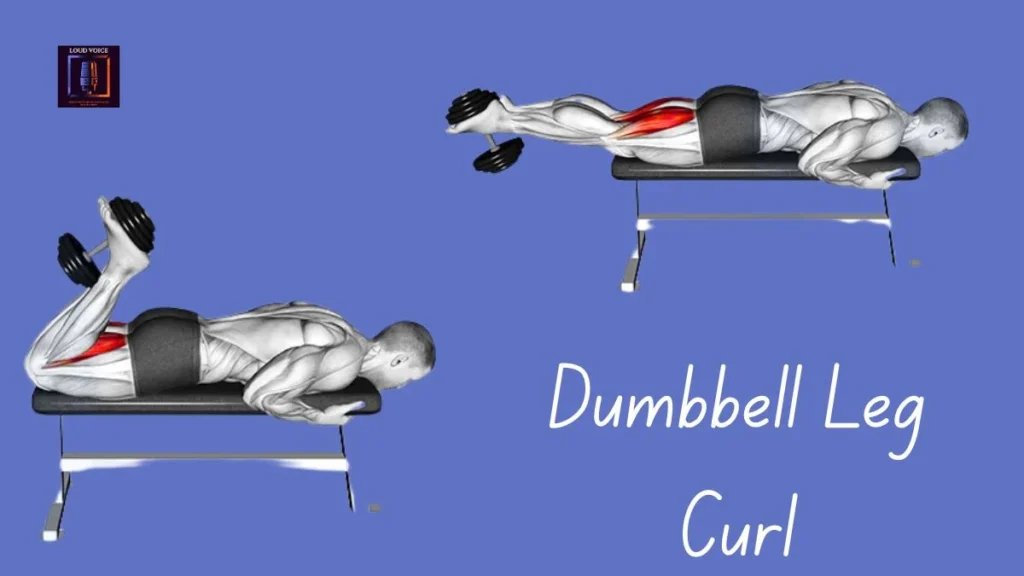
A gym-friendly replacement for machine curls that builds hamstring strength while improving mind-muscle connection.
How to do it:
- Hold a dumbbell between your feet while lying face down on a level bench.
- Maintaining a flat hip position, slowly curl your legs toward your glutes.
- At the top, tighten your hamstrings, and then slowly lower them.
Pro Tip: Start light to master control and avoid dropping the dumbbell.
2. Lying Banded Hamstring Curl
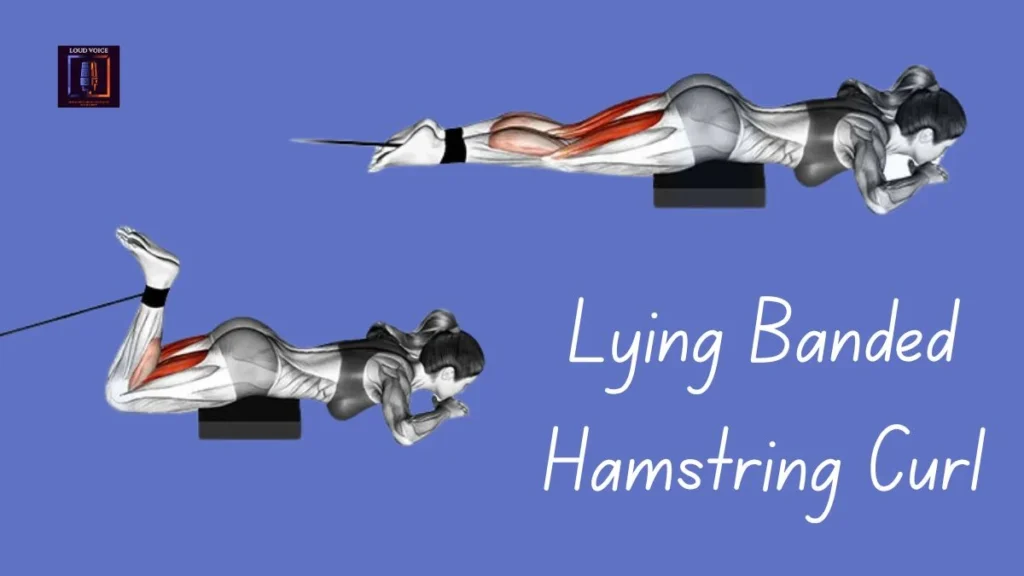
An at-home favorite using a resistance band for tension-based hamstring activation.
How to do it:
- Attach a resistance band to a stable object and loop it around your ankles.
- Lie on your back, knees slightly bent.
- Curl your legs toward your glutes, pause, then return to the starting position.
Why it works: Bands add dynamic tension, which challenges the muscle through the entire range of motion.
3. Barbell Deadlift
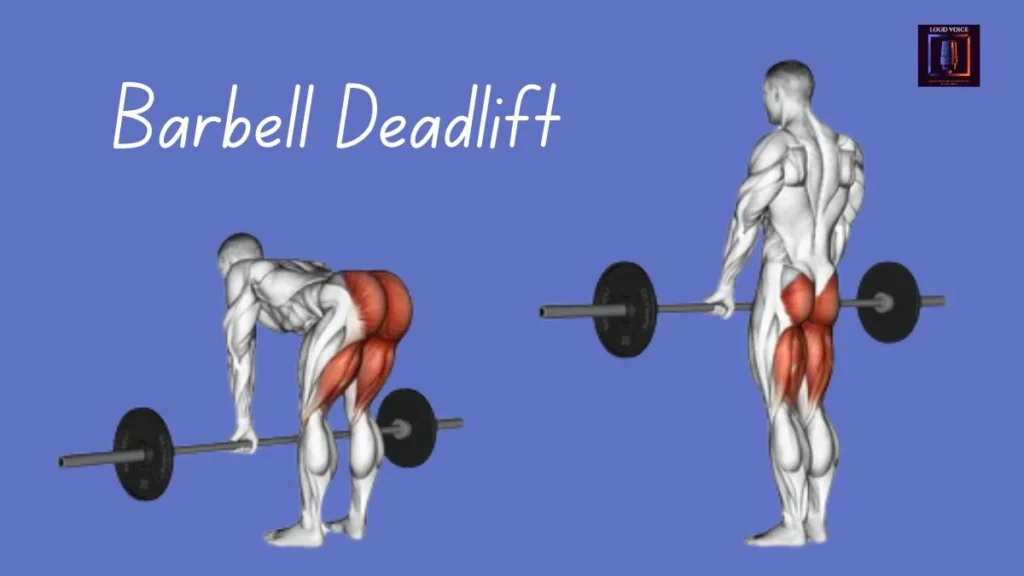
One of the best compound lifts—and a powerhouse among leg curl alternatives.
How to do it:
- Place the barbell over your midfoot and stand with your feet hip-width apart.
- Hold the bar slightly above your knees.
- Drive through your heels to create lift and maintain a straight back.
- Reduce the bar while maintaining control.
Bonus Benefit: Deadlifts strengthen your glutes, core, and lower back.
4. Hip Thrust
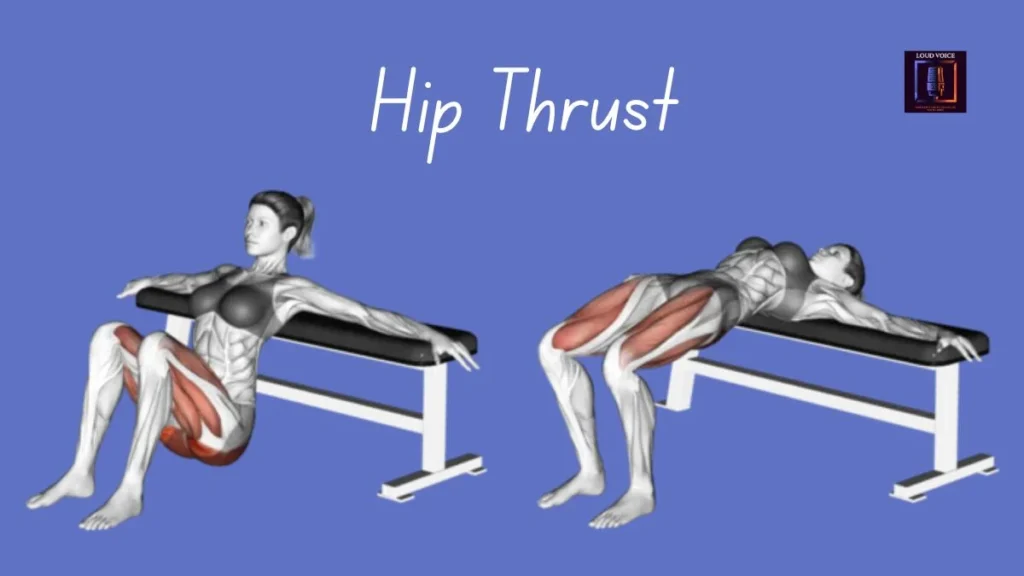
A glute and hamstring blaster that protects the knees while maximizing posterior chain activation.
How to do it:
- Rest your upper back on a bench, feet planted, barbell across hips.
- Drive through your heels and lift your hips until your thighs are parallel to the ground.
- Squeeze at the top, then return to the floor slowly.
Tip: Use a pad or towel for hip comfort during heavy sets.
5. Stability Ball Hamstring Curl
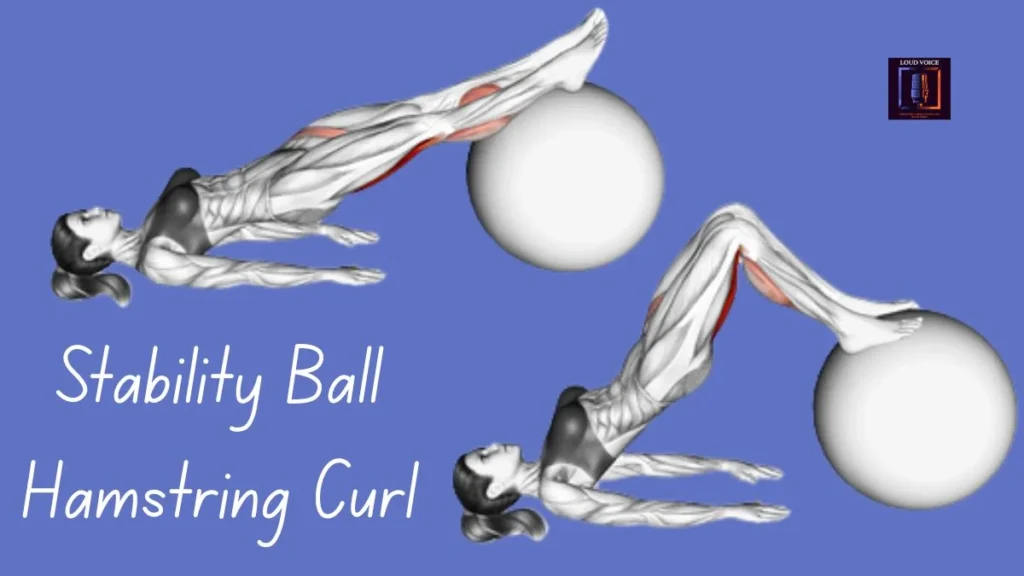
Ideal for improving balance and core control while targeting hamstrings.
How to do it:
• Lay flat on your back with your legs straight on a stability ball.
• Raise your hips in a straight line off the ground.
• To roll the ball toward your body, bend your knees.
• To roll it back, extend its legs.
Functional Fitness Bonus: Great for runners and athletes who rely on stability.
6. Single-Leg Glute Bridge
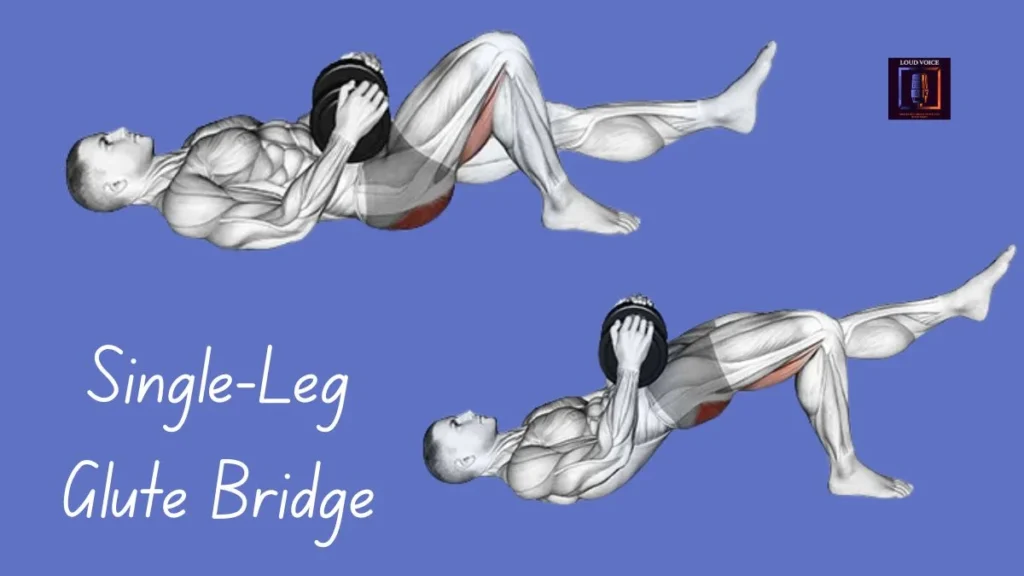
Perfect for those with limited equipment, this unilateral move targets hamstrings, glutes, and lower back.
How to do it:
- Lie on your back, one knee bent, the other leg straight.
- Push through the heel of the bent leg to lift your hips.
- Pause at the top, then lower.
Why it’s effective: It corrects muscular imbalances between legs.
7. Single-Leg Deadlift
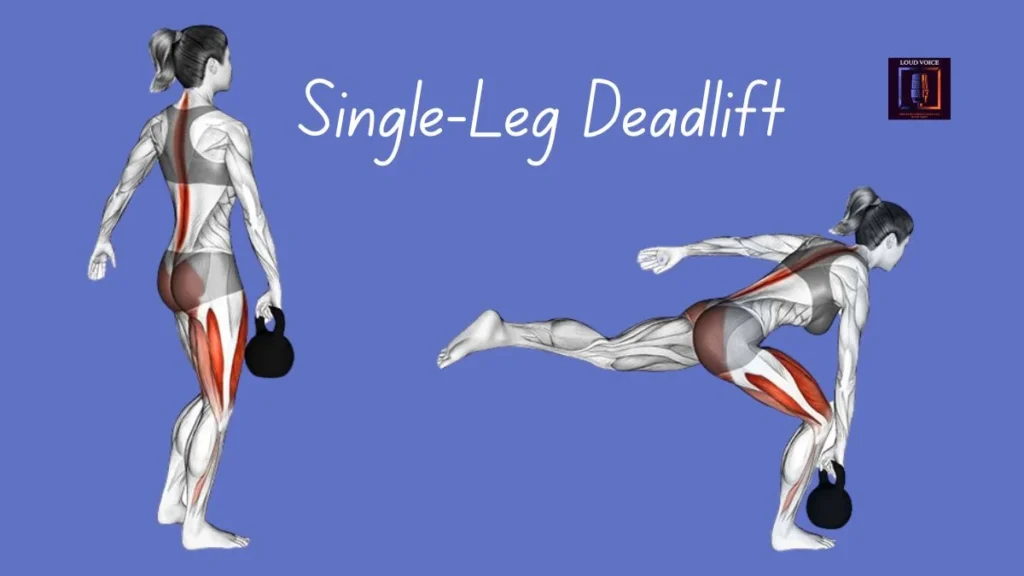
A joint-friendly lift that tests your core stability and hamstrings with an emphasis on balance.
How to do it:
- Stand on the other leg while holding a dumbbell in the other.
- Hinge at the hips, extend your free leg behind you, and lower the dumbbell toward the floor.
- Drive through your heel to return to the start.
Progression: Start bodyweight-only, then add resistance as balance improves.
When to Choose Leg Curl Alternatives Over Machines
Whether you’re dealing with joint pain, looking to improve your athletic performance, or just bored of the same routine, leg curl alternatives offer a smart, effective way to train your legs. They allow you to strengthen supporting muscles, improve movement quality, and reduce injury risk.
You don’t need to eliminate leg curls entirely—just expand your toolkit. Mixing these alternatives into your routine adds diversity and keeps your muscles guessing.
Conclusion
Relying on a single movement like the leg curl limits your potential. By embracing a variety of leg curl alternatives, you’ll unlock a stronger, more balanced lower body and reduce your risk of injury. Whether you’re training for strength, aesthetics, or mobility, these alternatives provide a well-rounded, joint-friendly approach to leg day. Ready to level up your routine? Your hamstrings will thank you.


